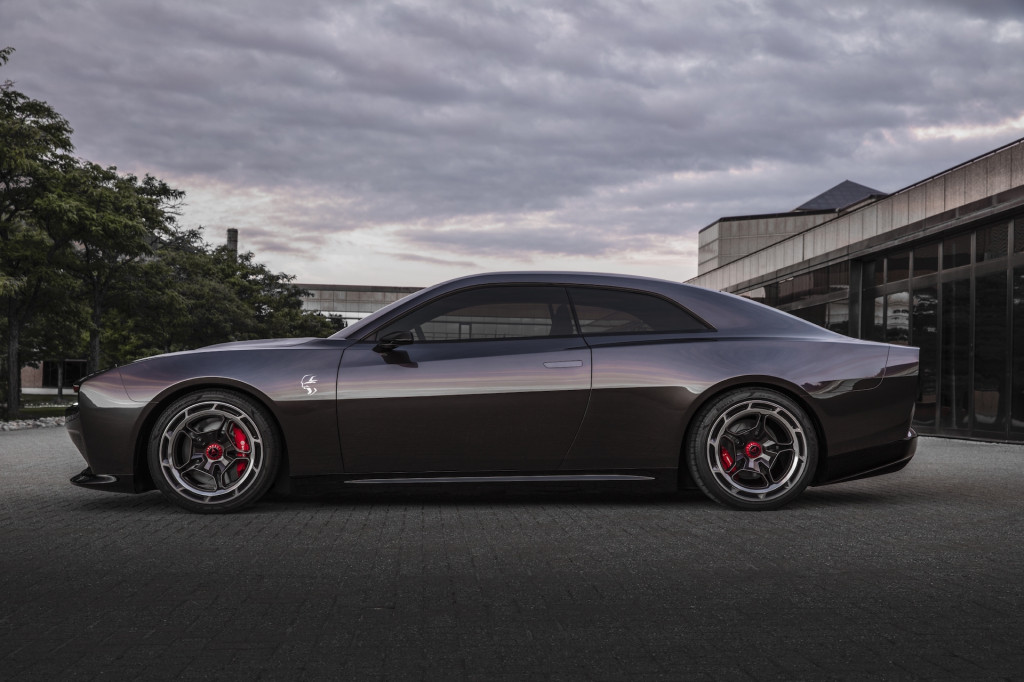Stellantis last week detailed its STLA Large platform, which the automaker claims can house powertrains capable of hurling an EV from 0-60 mph in 2.0 seconds.
That breathtaking acceleration figure may be something Stellantis CEO Carlos Tavares now claims is a safety feature.
That's because quick acceleration allows for quicker overtaking, Tavares told Top Gear and other media, using the need to overtake a slow-moving truck on a two-lane road as an example.

STLA Large platform
"The more acceleration you have, the safer the conditions under which you overtake can be," Tavares said, "and from that perspective the BEV technology is great as we all know.”
The idea seems to be that a 2.0-second acceleration time to 60 mph is inherently safer than the still-quick acceleration times of other EVs.
In Stellantis' case, however, performance will likely come at the cost of efficiency. The automaker has described the STLA Large platform as supporting 500 miles of range from 118-kwh battery packs in efficient sedans, or 2.0-second acceleration in performance cars like the Dodge electric muscle car tipped to use the platform. It's an either/or proposition.
Generally, the quicker you make an EV, the more rigorous its battery cooling and larger other components need to be—so you lose efficiency. Porsche engineers told Green Car Reports at one point that had they engineered the 800-volt Taycan for range above performance, and that they could have achieved a much higher range.
The Kia EV6 GT, for instance, is only rated at 206 miles, while in other slower-accelerating versions it's rated up to 310 miles. And the blazing Lucid Air Sapphire can't match the Air Grand Touring model's 516 miles of range, despite similar battery capacity.

Dodge Charger Daytona Concept
As for Tavares' claim that acceleration boosts safety, what he's arguing may be a fringe case and very dependent on driver restraint. As the Insurance Institute for Highway Safety (IIHS) argued in 2021, even slight increases in the speed of crashes can have dire consequences for humans. In terms of physics, acceleration may allow dodging some crashes, but it makes the terminal velocity much higher for others. It also amplifies the concerns about the dangers of heavy EVs to other motorists, pedestrians, and road users.
It's important to note that in a 2020 analysis, the related Highway Loss Data Institute (HLDI) found that the crash rate and monetary losses for EVs were actually lower versus conventional vehicles—a head-scratching difference versus what insurers and some companies including Hertz have continued to argue.
Some of these EVs might have much higher horsepower and stronger acceleration than comparable gasoline models. Yet in earlier years real-world results didn't go along with the HLDI's own longtime guidance that sports cars and higher-horsepower vehicles, along with smaller vehicles, had higher crash rates.
In short, stay tuned for more data. Especially as more non-Tesla EVs hit the road in larger numbers, we'll see if higher-power, quicker-accelerating EVs are in fact safer, or whether they attract some of the same risk-prone drivers as those sports cars did in the past.
with reporting by Bengt Halvorson












